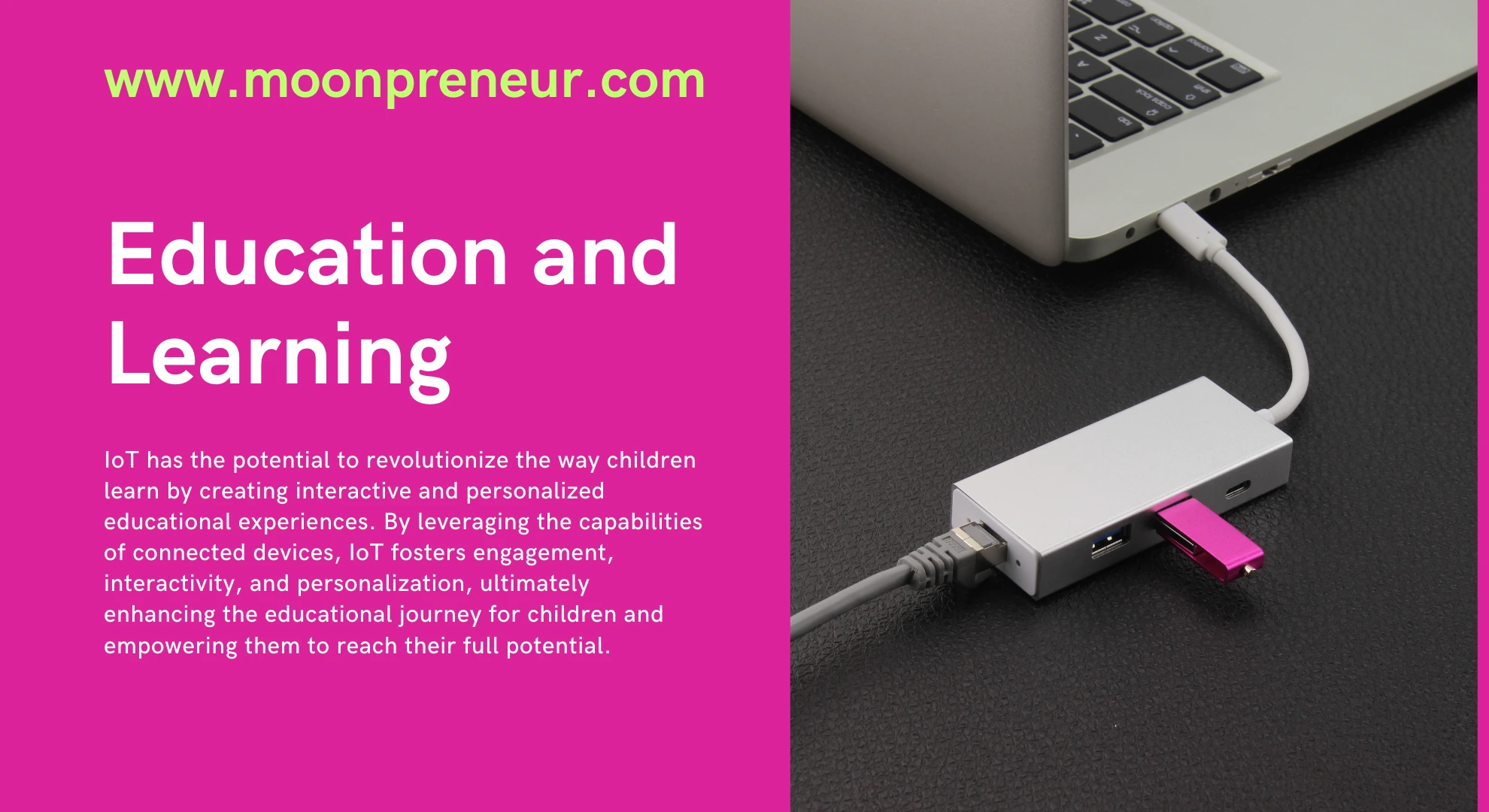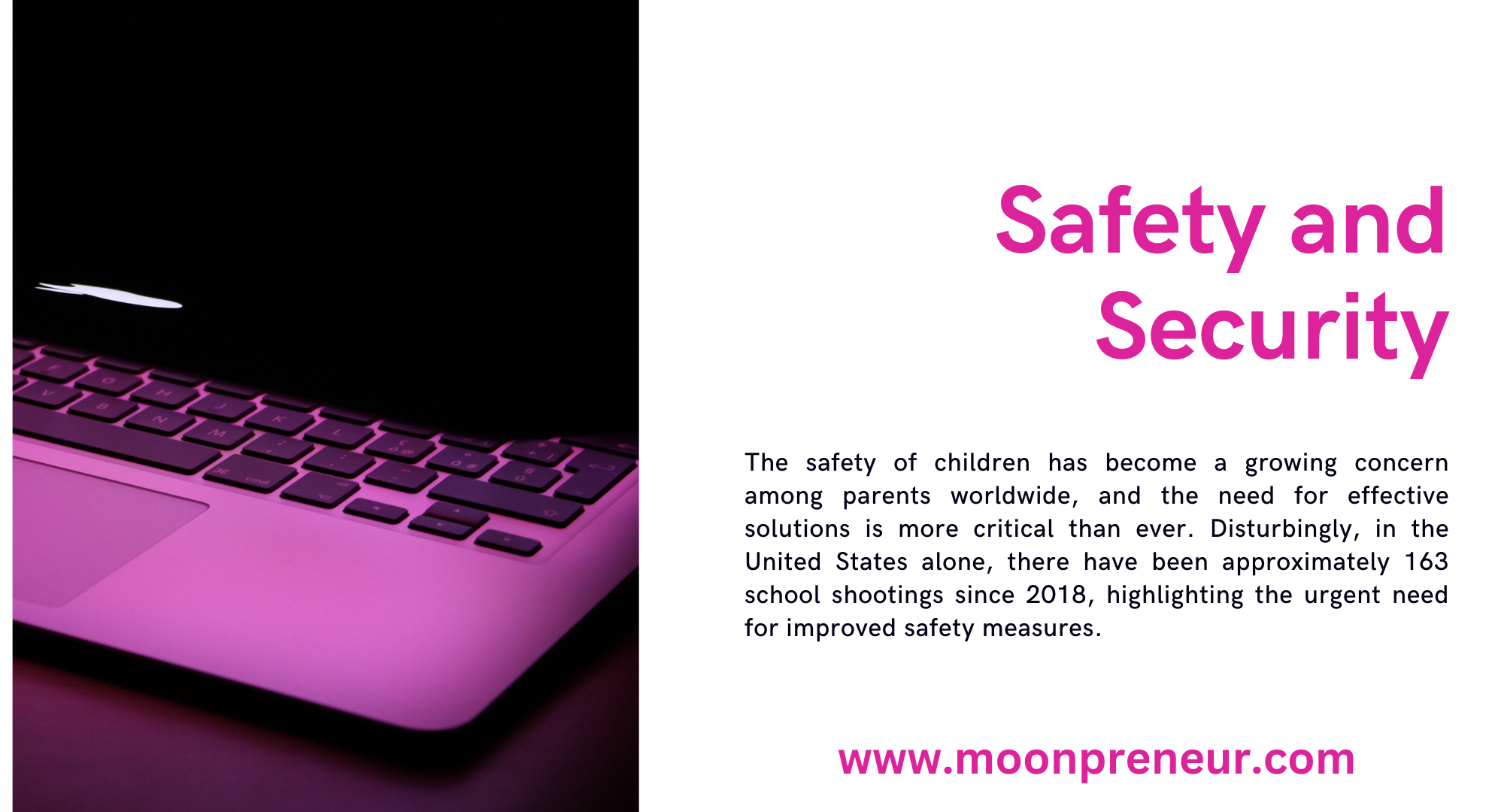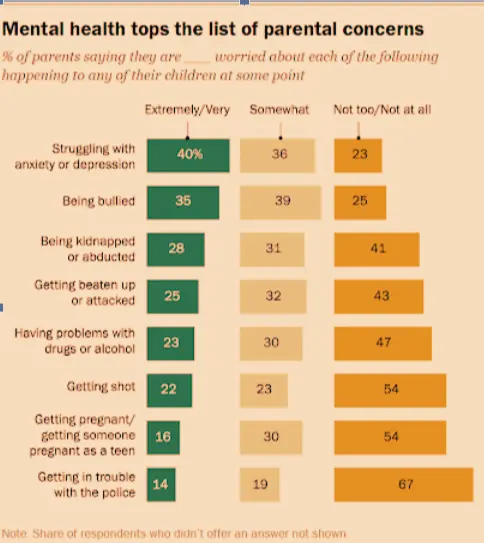
Whenever I hear people saying AI is going to hurt people in the future I think, yeah, technology can generally always be used for good and bad and you need to be careful about how you build it … if you’re arguing against AI then you’re arguing against safer cars that aren’t going to have accidents, and you’re arguing against being able to better diagnose people when they’re sick.
— Mark Zuckerberg
Moonpreneur
Update: This article was last updated on 13th September 2024 to reflect the accuracy and up-to-date information on the page.
In a world where a simple hand-swipe gesture can turn on the lights and open doors, our kids see a greater potential unfolding before their eyes. They witness the seamless integration of technology into our daily lives, where devices communicate with each other and the physical and digital realms merge harmoniously.
Each year, the number of connected Internet of Things (IoT) devices continues to surge, revolutionizing industries and opening up new possibilities. Recent statistics indicate that the number of connected IoT devices surpassed 12 billion in 2021, projected to exceed 27 billion by 2025, according to IOT Analytics.
As this IoT revolution unfolds, it is vital for us as parents and educators to recognize the significance of preparing our children for the future that lies ahead. The trend is shifting towards combining IoT and artificial intelligence (AI), promising even more transformative opportunities. Our responsibility is to ensure that our kids are not just passive consumers but active participants in this evolving landscape.
In this article, we delve into the future scope of IoT for kids and explore how embracing this technology can empower the next generation.
The Future Scope Of IoT For Kids- 3 Key Aspects
1. Education and Learning
 IoT has the potential to revolutionize the way children learn by creating interactive and personalized educational experiences. By leveraging the capabilities of connected devices, IoT fosters engagement, interactivity, and personalization, ultimately enhancing the educational journey for children and empowering them to reach their full potential.
IoT has the potential to revolutionize the way children learn by creating interactive and personalized educational experiences. By leveraging the capabilities of connected devices, IoT fosters engagement, interactivity, and personalization, ultimately enhancing the educational journey for children and empowering them to reach their full potential.
Imagine a classroom with IoT-enabled devices such as smart boards, tablets, and wearable devices. These devices seamlessly connect to a network, allowing real-time data exchange and interaction. Through these connected devices, educators can create personalized learning journeys for each student based on their needs, learning styles, and preferences.
Likewise, adaptive learning platforms powered by IoT can dynamically adjust the difficulty level and pace of learning materials to match each student’s abilities. For example, a language learning application can adapt its vocabulary exercises based on a student’s proficiency level, gradually challenging them to expand their language skills at a suitable pace.
Recommended blog : ChatGPT for Arduino: 6 Ways To Unleash the Power of AI and IoT
2. Safety and Security
 The safety of children has become a growing concern among parents worldwide, and the need for effective solutions is more critical than ever. Disturbingly, in the United States alone, there have been approximately 163 school shootings since 2018, highlighting the urgent need for improved safety measures.
The safety of children has become a growing concern among parents worldwide, and the need for effective solutions is more critical than ever. Disturbingly, in the United States alone, there have been approximately 163 school shootings since 2018, highlighting the urgent need for improved safety measures.
Recommended blog : Transitioning from Early Childhood Special Education to Kindergarten
IoT can potentially play a significant role in addressing this safety crisis. Here’s how IoT can help enhance safety for children, along with relevant examples:
a) Smart Surveillance Systems: IoT-based surveillance systems can provide real-time monitoring and early detection of potential threats. For instance, smart cameras with facial recognition technology can identify unauthorized individuals entering school premises, triggering immediate alerts to relevant authorities. These systems can also detect unusual behavior patterns or potential signs of violence, enabling timely intervention.
b) Connected Wearables and Panic Buttons: IoT-enabled wearables and panic buttons can be linked to a centralized system that immediately notifies parents, teachers, or security personnel in case of emergencies. A child can wear a smart wristband or carry a panic button that, when pressed, sends a distress signal with their location information, allowing swift response in critical situations.
c) Smart Door Locks and Access Control: IoT-based access control systems such as smart door locks equipped with biometrics can ensure that only authorized individuals can access restricted areas. These systems can provide detailed access logs and remotely lock down facilities during emergencies, reducing the risk of unauthorized entry.
d) Location Tracking and Geofencing: Connected GPS trackers or smartwatches can help parents and guardians monitor their child’s whereabouts in real time. Geofencing can also be implemented to define safe zones, triggering alerts if a child moves outside the designated area and ensuring immediate action can be taken.
3. Career Opportunities
 According to Fortune Business Insights, the global IoT market was valued at US$190 billion in 2018 and is projected to reach US$1,102.6 billion by 2026, exhibiting a compound annual growth rate (CAGR) of 24.7 percent during the forecast period.
According to Fortune Business Insights, the global IoT market was valued at US$190 billion in 2018 and is projected to reach US$1,102.6 billion by 2026, exhibiting a compound annual growth rate (CAGR) of 24.7 percent during the forecast period.
This exponential growth creates a wide range of future career opportunities for children. As they gain exposure to IoT concepts and technologies, they can develop skills in programming, data analytics, cybersecurity, and device integration, opening doors to exciting careers in technology and engineering.
To prepare kids for the future and enable them to explore career opportunities in the IoT sector, it is essential to focus on developing certain skills. Firstly, a strong foundation in science, technology, engineering, and mathematics (STEM) subjects is crucial. These subjects form the basis of IoT technologies and provide a solid understanding of coding, data analysis, and problem-solving concepts.
Additionally, kids should develop skills in critical thinking, creativity, and adaptability. The IoT field is constantly evolving, and individuals who can think critically, develop innovative solutions, and adapt to new technologies and challenges will have a competitive edge.
Recommended blog : Mobile App Development vs. Web App Development: Which one is right for you?
Conclusion:
By embracing this paradigm shift and IoT as an educational tool, we can nurture young minds to become creators, problem-solvers, and innovators of tomorrow. By nurturing the necessary skills and knowledge, kids can better prepare to explore and excel in this rapidly growing field.
Together, let’s shape a generation that can thrive in a world driven by connectivity, innovation, and limitless possibilities. 🙂
Moonpreneur is on a mission to disrupt traditional education and future-proof the next generation with holistic learning solutions. Its Innovator Program is building tomorrow’s workforce by training students in AI/ML, Robotics, Coding, IoT, and Apps, enabling entrepreneurship through experiential learning.




























What is an interesting fact about IoT??
The first IoT device was a soda machine at Carnegie Mellon, which led to the development of the first widely used IoT device—ATMs.
Can Someone please explain in simple language what exactly IoT means?
IoT (Internet of Things) means collective network of connected devices and the technology that facilitates communication between devices and the cloud, as well as between the devices themselves.